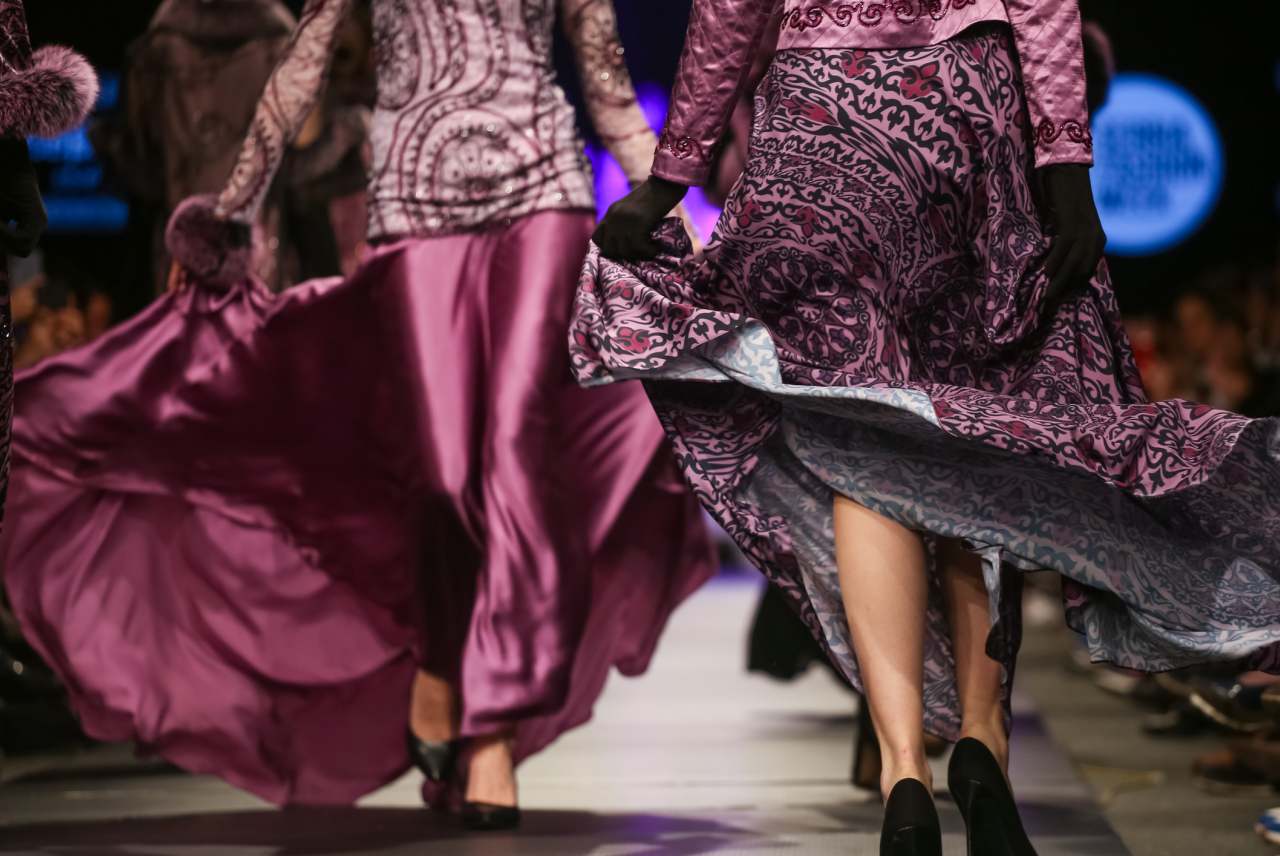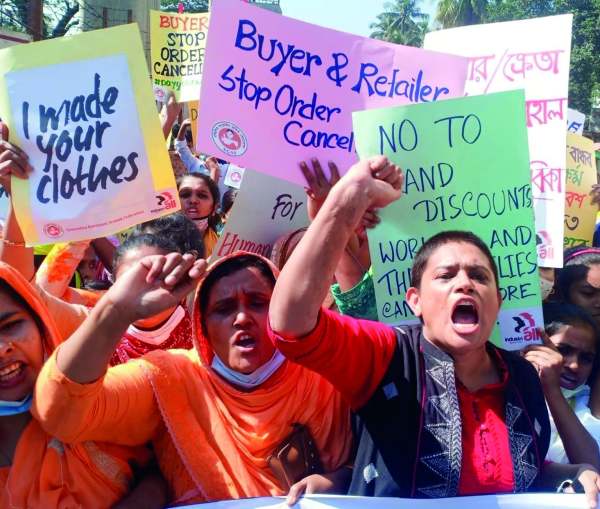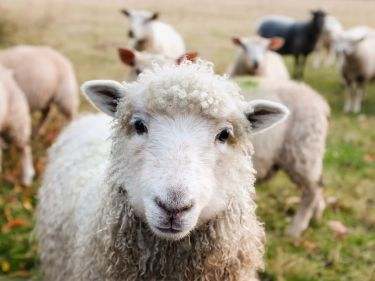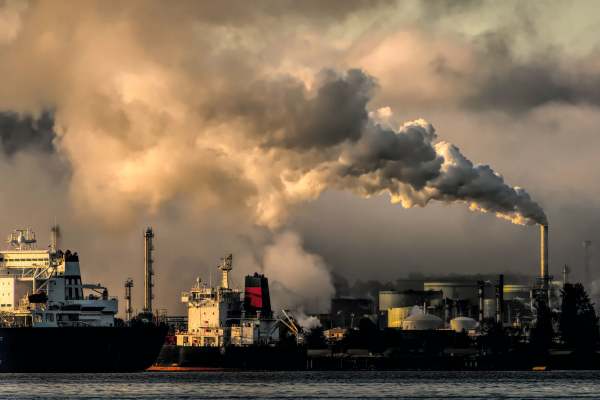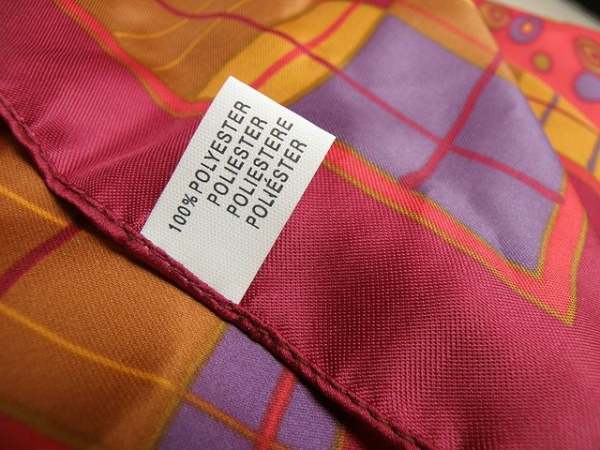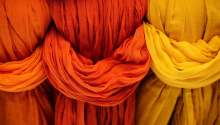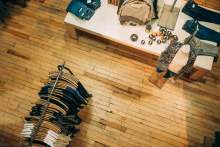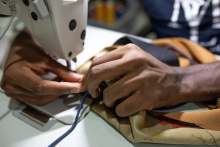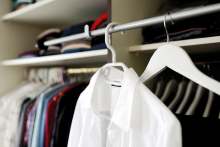1. Workers’ rights abuses
In the bid to mass produce cheap clothing quickly, sourcing from countries where the national minimum wage is significantly below what is needed to live a comfortable life, and people are forced to work in unsafe conditions, is common practice.
Clothing brands contribute to mass worker exploitation by squeezing suppliers to lower prices; enforcing deadlines that can’t realistically be met in an ethical way; and paying suppliers months after receipt of products. Some even refuse to pay up until the stock has been sold.
“The ways that fashion brands buy clothes and textiles causes job losses, poverty wages, excessive overtime, and unsafe working conditions for the people who make our clothes all over the world”, according to Fiona Gooch of Traidcraft Exchange.
Amazon, Boohoo, Missguided, Quiz, Shein, TK Maxx and White Stuff all scored a worst Ethical Consumer rating for Supply Chain Management. Shein was particularly notable because it barely discussed its supply chain at all.
Worker exploitation in the fashion industry shot to the forefront of global consciousness in 2013 with the collapse of the Rana Plaza building. This building in Bangladesh contained five garment factories, and was constructed using sub-standard materials and poor structural planning. The collapse killed at least 1,132 people, and 2,500 were injured.
Many companies committed to initiatives to improve conditions for workers through the Bangladesh Accords. However, this is a voluntary initiative (which many big brands such as Amazon, Gap and Missguided never signed).
In countries where the minimum wage is significantly lower than the living wage (six times lower in Bangladesh), even if workers are paid the legal minimum wage they are technically being paid at poverty levels (below what is needed to meet basic needs and live a healthy life). The smallest decrease in pay, failure to pay overtime rates or a bonus, or delayed payment from the employer, can push workers and families into destitution. These low wages therefore limit (or entirely remove) workers’ ability to speak out about dangerous or exploitative working conditions because of the damage even a slightest decrease in their pay packet might have.
Underpayment of garment workers is a global problem: in many garment factories in Pakistan workers regularly earn less than the legal minimum wage, health and safety is virtually non-existent, and workers have been discriminated against or unfairly dismissed - as was seen during the pandemic when workers lost their jobs without compensation.
The following brands lost a whole mark under Workers’ Rights in our guide to High Street Clothing: & Other Stories, Amazon, ASOS, Bershka, Boohoo, Burton, Coast, COS, Debenhams, Dorothy Perkins, Gap, H&M, I Saw It First, Karen Millen, Maine New England, M&S, Massimo Dutti, Missguided, MissPap, Miss Selfridge, Monki, NastyGal, New Look, Next, Oasis, Oysho, Pretty Little Thing, Primark, Pull & Bear, Quiz, Shein, Stradivarius, TK Maxx, Topman, Topshop, Uniqlo, Wallis, Warehouse, and Zara.
